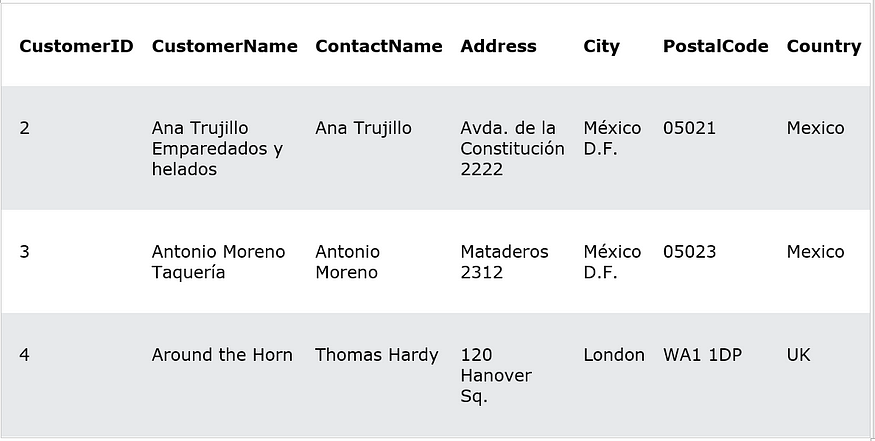MySQL CASE Statement

The CASE statement goes through conditions and returns a value when the first condition is met (like an if-then-else statement). So, once a condition is true, it will stop reading and return the result. If no conditions are true, it returns the value in the ELSE clause.
If there is no ELSE part and no conditions are true, it returns NULL.
CASE Syntax
CASE
WHEN condition1 THEN result1
WHEN condition2 THEN result2
WHEN conditionN THEN resultN
ELSE result
END;Demo Database
Below is a selection from the “OrderDetails” table in the sample database:

MySQL CASE Examples
The following SQL goes through conditions and returns a value when the first condition is met:
Example
SELECT OrderID, Quantity,
CASE
WHEN Quantity > 30 THEN 'The quantity is greater than 30'
WHEN Quantity = 30 THEN 'The quantity is 30'
ELSE 'The quantity is under 30'
END AS QuantityText
FROM OrderDetails;The following SQL will order the customers by City. However, if City is NULL, then order by Country:
Example
SELECT CustomerName, City, Country
FROM Customers
ORDER BY
(CASE
WHEN City IS NULL THEN Country
ELSE City
END);





